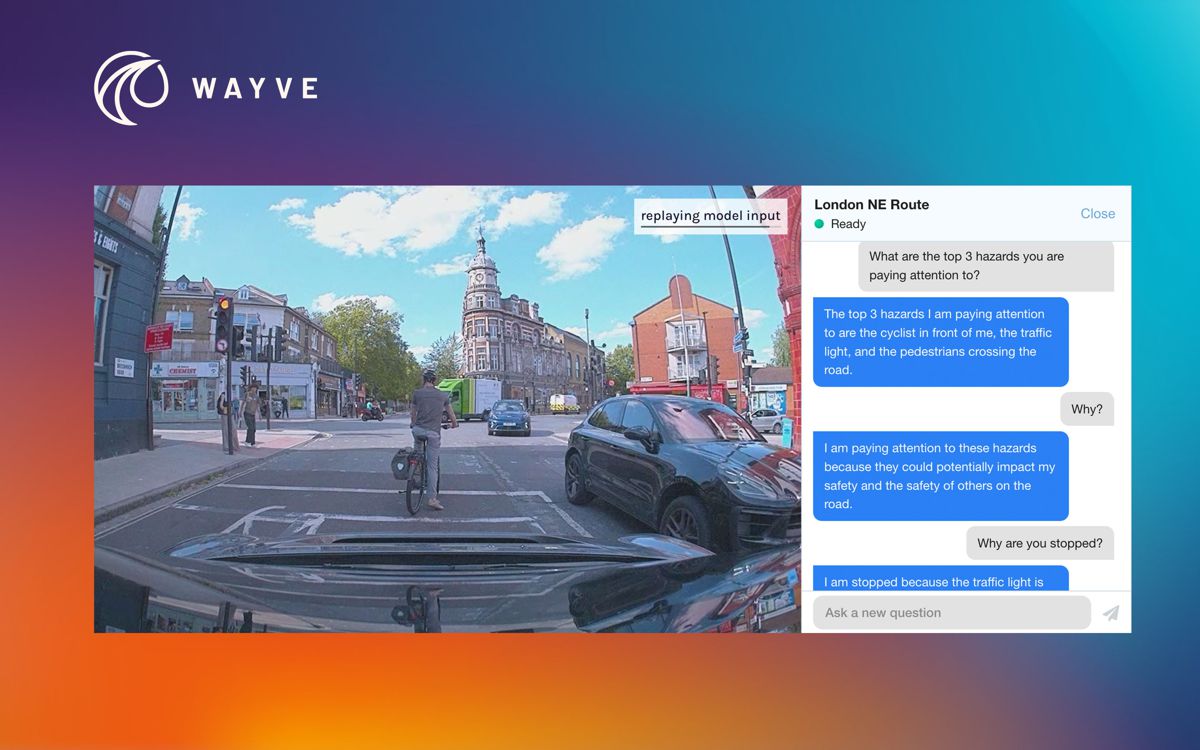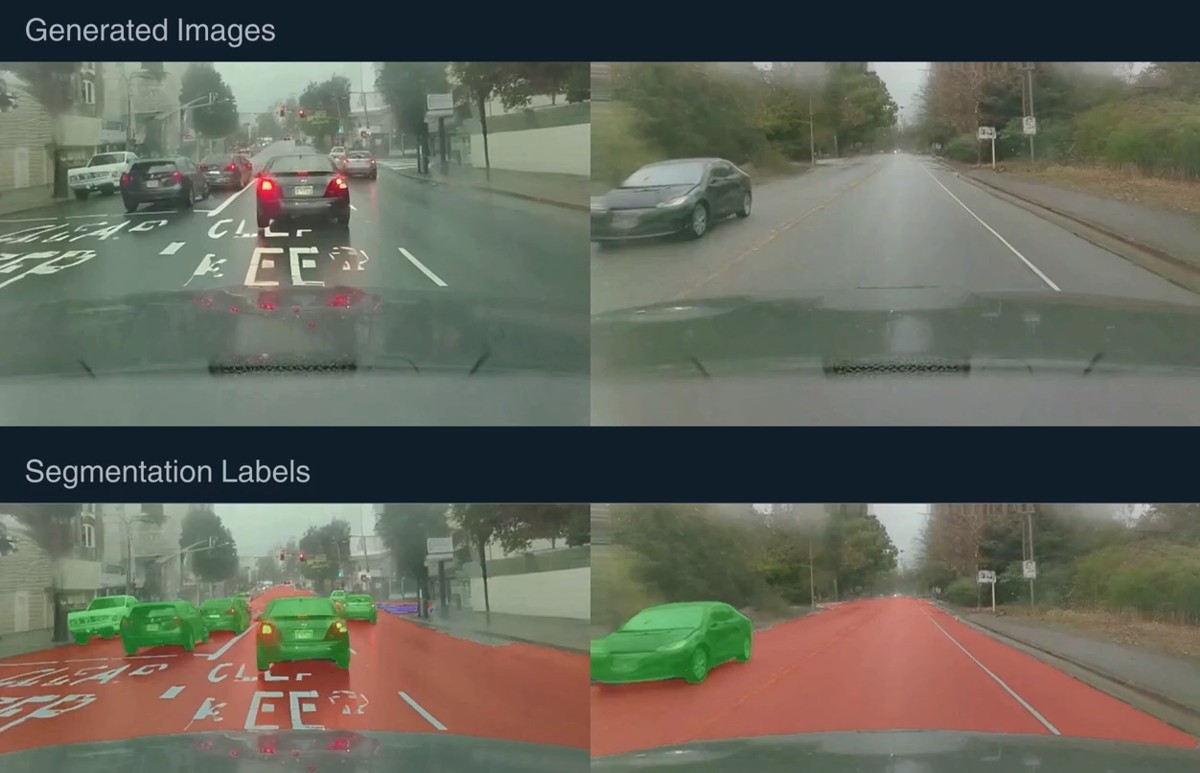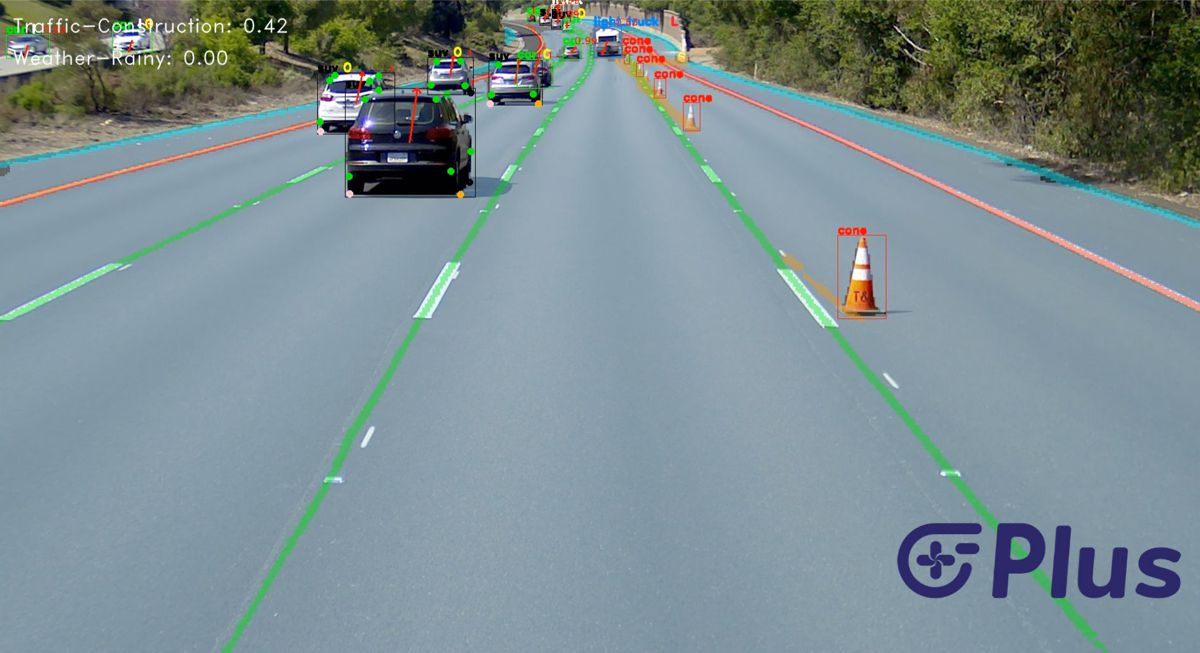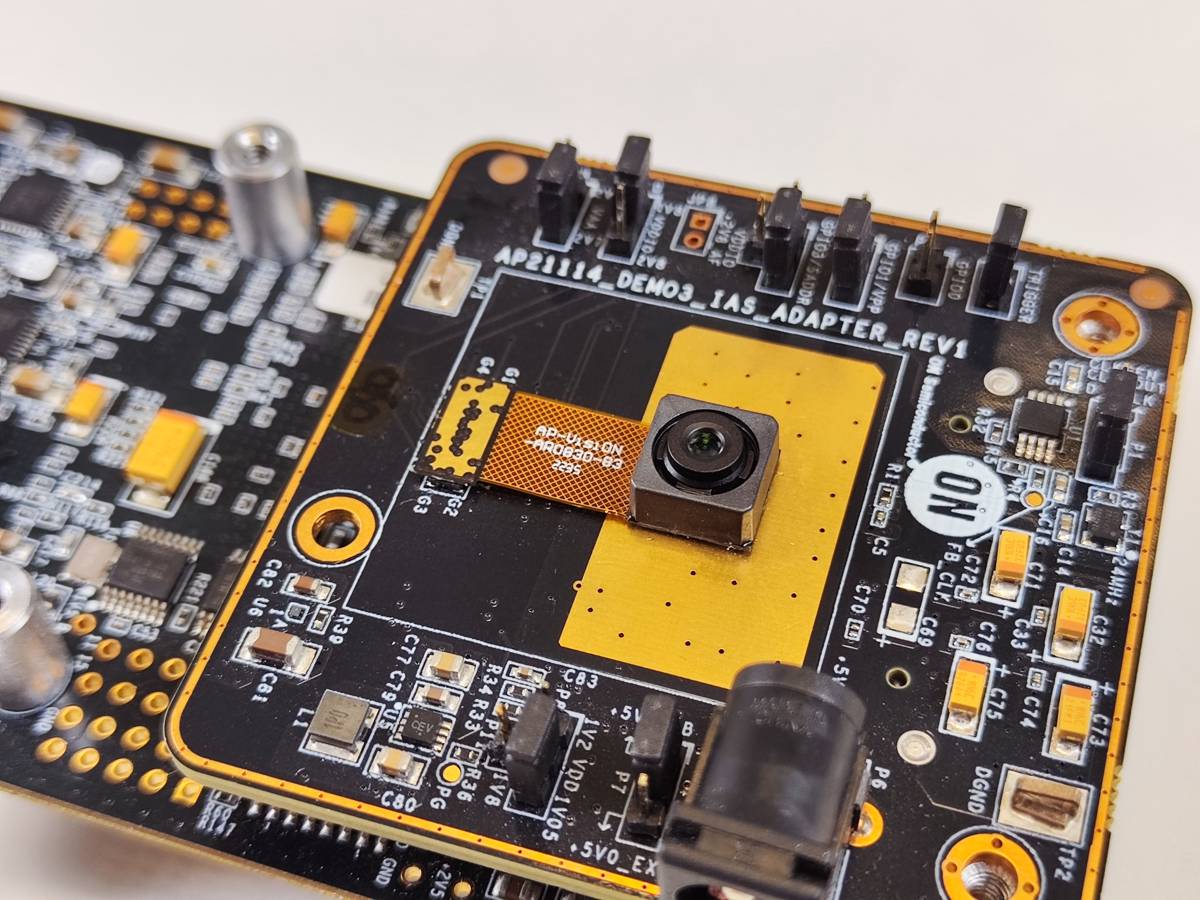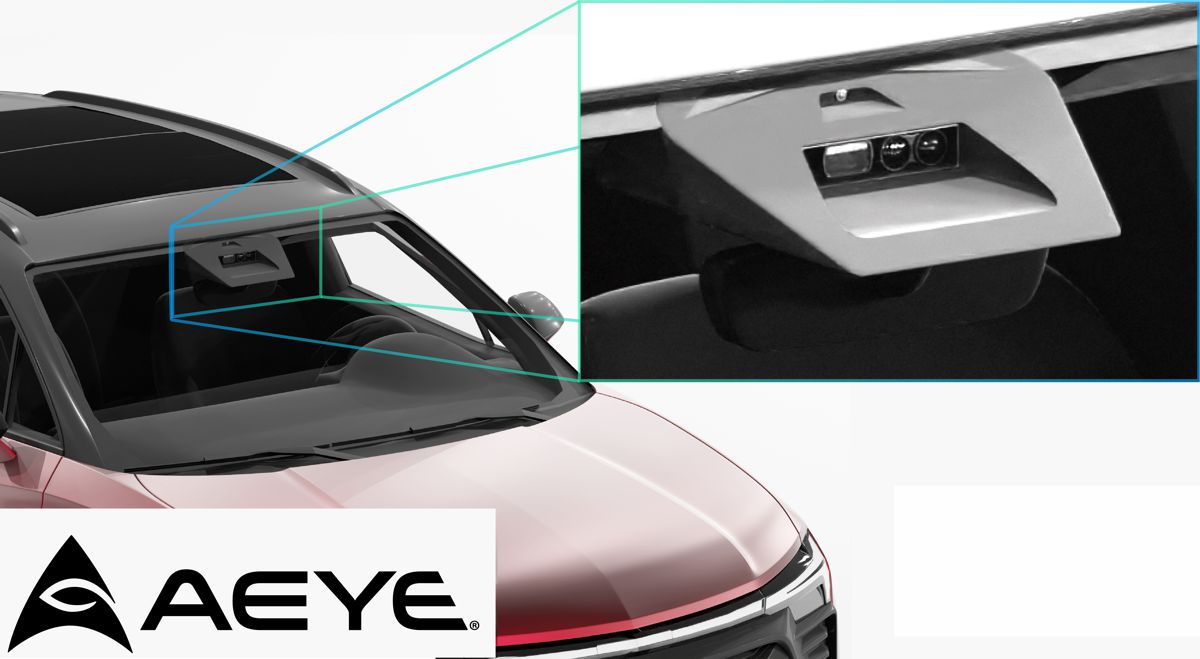Wayve AI model LINGO-1 set to set to revolutionise Autonomous Vehicles
Self-driving technology company Wayve has launched LINGO-1, a first-of-its-kind vision-language-action model (VLAM) for self-driving that is set to revolutionise the learning and explainability of its AI Driver technology powering self-driving vehicles.
Prior to LINGO-1, end-to-end AI neural nets have been criticised as black boxes, providing limited insight into why and how they make decisions. Gaining deeper insight into the decision-making and reasoning capabilities of its AI models is critical to ensuring that Wayve can build a safe driving intelligence for self-driving. Wayve’s LINGO-1 opens up new capabilities to dramatically enhance the interpretability of Wayve’s AI Driver.
Trained using real-world data from Wayve’s expert drivers commentating as they drive, LINGO-1 can explain the reasoning behind driving actions. Incorporating language in this way provides a new type of data for interpreting, explaining and training AI models.
In addition to commentary, LINGO-1 can respond to questions about a diverse range of driving scenes. This feature allows Wayve to make improvements to the model through feedback. For example, you can ask LINGO-1, “Why did you slow down?” The answers given allow Wayve to evaluate the model’s scene comprehension and reasoning, which can enable Wayve to more efficiently pinpoint improvements, as well as help build confidence in the system.
Natural language can revolutionise autonomous driving by offering the potential for better, safer autonomous driving. Using LINGO-1, Wayve could incorporate natural language sources, such as the Highway Code and other safety-relevant content, to make retraining its AI models easier and simpler. By improving the raw intelligence of its AI Driver, Wayve can accelerate the learning process, enhance accuracy, and increase the technology’s capacity to handle diverse driving tasks.
Wayve is currently testing its self-driving technology daily on UK roads and is undertaking Europe’s largest last-mile autonomous grocery delivery trial with Asda, benefitting 170,000 residents across 72,000 households in London. Developments like LINGO-1 will help make the commercial deployment of self-driving vehicles a reality. Explaining decisions in natural language will transform the learning and explainability of self-driving technology. Adding natural language as a modality will accelerate the development of this technology while building trust in AI decision-making, and this is vital for widespread adoption.
Alex Kendall, Co-founder & CEO of Wayve said: “LINGO-1 marks a big step for embodied AI: aligning vision, language and action to deliver more intelligent and trusted autonomous vehicles. We are excited by the capabilities we observe from LINGO-1 today and we believe natural language will provide a powerful step change in how we understand and interact with robotics.”
“At Wayve, we’re investing in pushing the boundaries of cutting-edge science to deliver a safer, smarter and more sustainable future of transport, resulting in LINGO-1. LINGO-1 opens up many possibilities for self-driving, improving the intelligence of our end-to-end AI Driver as well as bridging the gap of public trust – and this is just the beginning of maximising its potential.”
